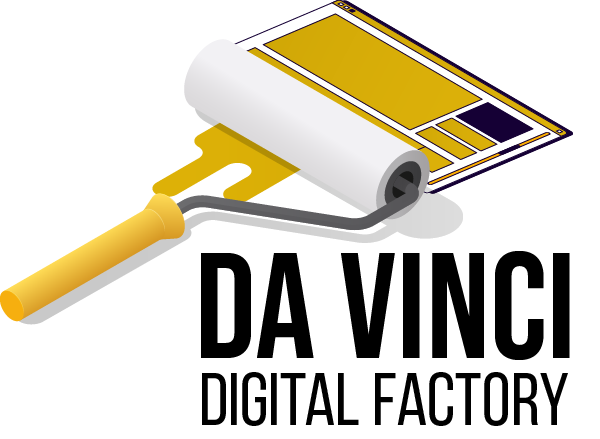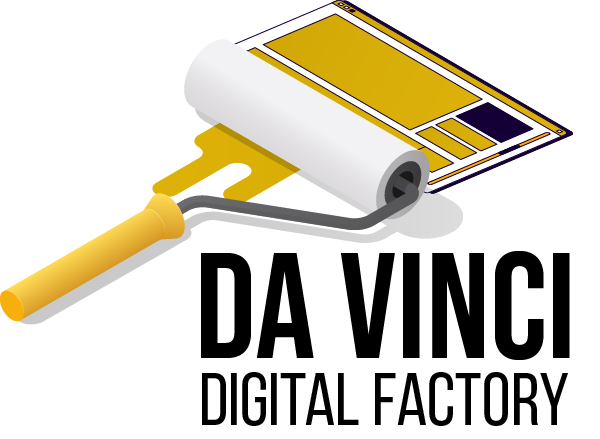Personas
Undertand what is a persona, how to create this and how personas can help your website SEO.
What is Persona?
Persona is basically an example of an ideal buyer. This example is based on qualitative and quantitative data from market research and competitors. It presents a creation of your personal stories, motivations, goals, challenges and concerns.

In addition to helping to define keywords to work more assertive SEO strategies, the persona helps to identify:
- In which direction to guide product development;
- What types of content to create;
- How to follow up on leads;
- How to handle customer acquisition issues.
Every content marketing strategy develops from the personas. After all, to understand who your buyers are, write to them and attract them to conversion, you need to know who you're talking to and know them well.
She is not necessarily classified by gender, age or region, but by her consumption habits and personal preferences. This is data that goes beyond a numerical survey, which sets Persona apart from Target Audience. For example:
Target Audience: Women, from 24 to 30 years old, single, graduated in Communication and Marketing, Social class B.
Persona: Pedro is 27 years old, has recently graduated as a civil engineer and works for a large company. He is thinking of developing professionally through a postgraduate degree abroad, as he loves to travel. He is single and always wanted to do an exchange. He is looking for an agency to help him find universities in the US that will accept foreign students.
Therefore, the target audience is the group of people to whom you sell products or services. The persona, on the other hand, is the representation of the ideal customer, in a more humanized and personalized way.
In this case we are talking about Buyer Personas, but there are also Brand Personas.
The Brand Persona represents the face and personality that the brand wants to show to the market, as a character that represents the tone of voice of a brand, its language and style. It is ideal to guide the company when dealing with the public.
How to create a persona
- Understand your consumer
In order to get started with your research and create the ideal buyer persona, there are a few questions to ask about users. You can divide these questions into categories for ease of organization. For example: personal goals, professional goals, likes and interests, personal difficulties, professional difficulties and dreams, etc.
- Collect data
Data collection is very important to get user profile information. Do a study on tastes, interests, favorite brands, etc. and understand who the person in question is. Then work with hypotheses from that profile. For example: How would this persona act? Where would you buy?
You can create surveys to facilitate data collection. The tool Google Forms can help you with this.
- Think about keywords for each step of the journey.
Is it important to consider the customer's journey, that is, which path does the user take between interest and purchase? And then? How could I retain him?
The journey is an important study for the persona and for the keywords because at each stage, the customer has a different desire and will use different types of keywords to carry out the research and reach their solution. The goal, at this point, is to understand how he would act at each stage.
- Question yourself!
Ask yourself if your hypothesis really makes sense. For example, if someone came to tell you about the persona, of such age, such profession, living in such a place, with these tastes, interests, personality, problems, etc. would you find it plausible?
- Create descriptive text
Write a description. That's right! A text about that person, what they do, what they like, interests, etc. All very well detailed and explained!
This way it is much easier to define the keywords to create your content. After all, by knowing your ideal buyer, you will know what he is looking for and how he searches, and thus, you will offer the ideal solution.
At the end, you can use the persona to:
- Create the ideal tone of voice for your company;
- Standardized language for blog posts and social media posts;
- Choose the most suitable social networks for your business;
- More interesting content to produce;
- Content extension and format;
- More efficient keywords to use (keywords);
- Style and frequency of email marketing;
- Use of sponsored links;
- Facebook Ads.

